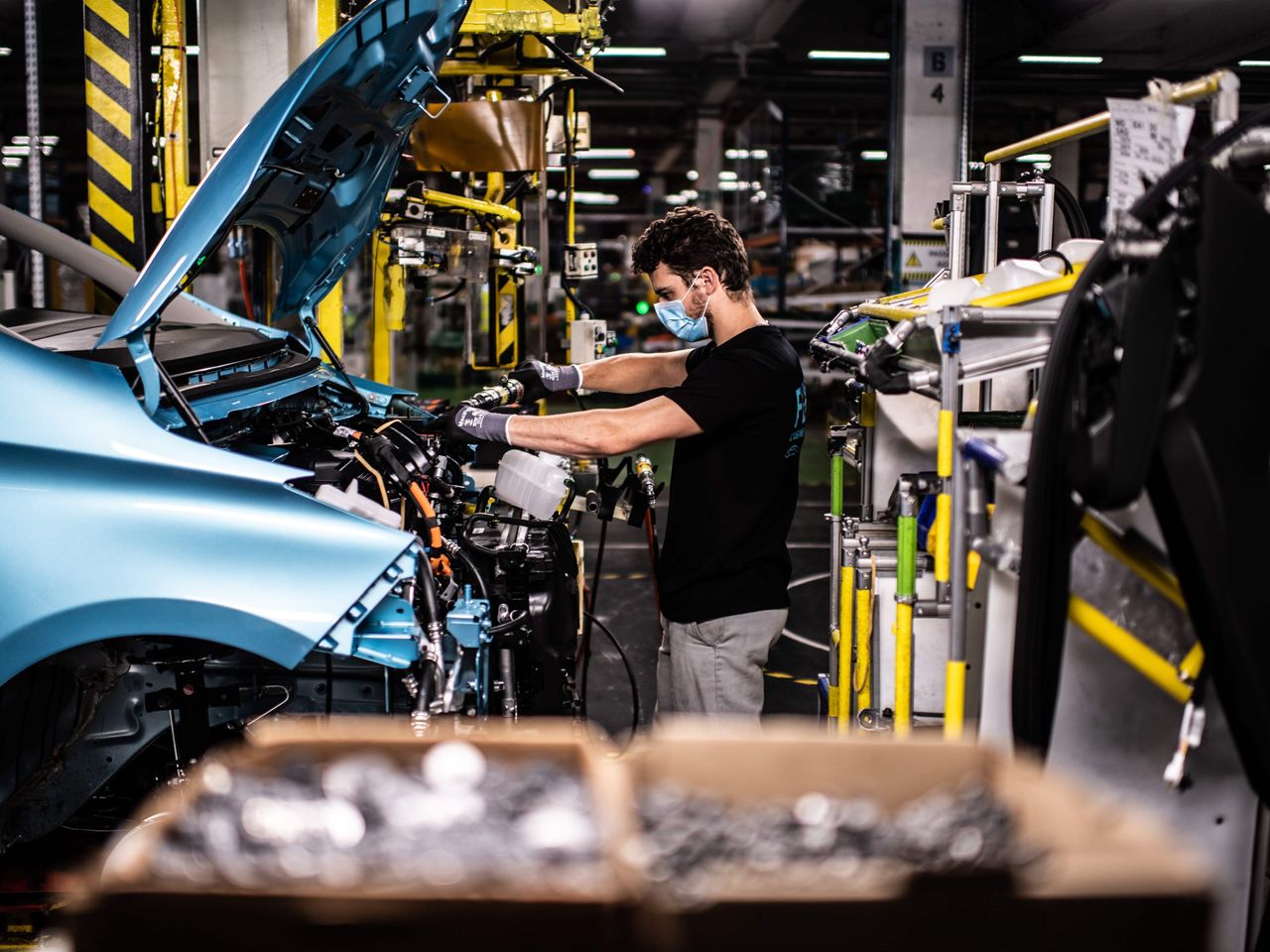From the clatter of horseshoes on cobblestone streets to the quiet hum of electric motors, automotive technology has undergone a remarkable evolution. It’s incredible to think how we went from relying on majestic steeds and horse-drawn carriages to zipping around in sleek, futuristic electric cars today. Join us as we embark on a thrilling journey through time, exploring the fascinating milestones that shaped this revolutionary transformation. Buckle up and get ready to discover how innovation accelerated us from hooves to horsepower and beyond!
What is Automotive Technology?
Automotive technology has evolved over the years from horse-drawn carriages to electric cars. Here is a look at some of the key developments in automotive technology.
Horse-drawn Carriages
The first automobiles were powered by horses, and the technology behind them was very basic. The first automobiles were built in 1885, and they looked a lot like horse-drawn carriages. They had a mounted engine in the back that generated power to drive the wheels.
Gasoline Cars
In 1892, gasoline cars became available for sale. These cars used an internal combustion engine to generate power, and they quickly replaced horse-drawn carriages as the primary mode of transportation.
Electric Cars
Electric cars became popular in the early 1900s because they didn’t require any external fuel sources. Electric cars use electricity to generate power, and they are still popular today because they are environmentally friendly and efficient.
How did Automotive Technology develop?
Since the dawn of automotive technology, there have been many advancements in terms of engineering and design. Automotive technology has come a long way since horse-drawn carriages were the norm, and electric cars are now becoming more popular than ever before. Here is a timeline of some of the most significant automotive technology milestones:
1885: The first gasoline-powered car is built by Nikola Tesla.
1909: The first electric car is built by Charles Duryea.
1920s: Electric vehicles become more popular as they become cheaper to build and operate.
1930s: Cars with automatic transmission start to become available.
1940s: Cars with air conditioning start to become popular.
1950s: Cars with engine displacement greater than 2 liters (L) begin to be available.
Automotive Technology in the Modern Age
The automobile has come a long way since its inception in the early 1800s. Initially, automobiles were only available to the wealthy and elite, as they were prohibitively expensive. However, over time, technological advancements led to cheaper and more accessible automobiles.
One of the major technological advancements that led to the development of the automobile was the invention of the internal combustion engine. This engine allowed for cars to be powered by gasoline or diesel fuel, which made them much more affordable and accessible to the masses. Additionally, this engine allowed for cars to be fast and powerful, making them much more convenient and comfortable for regular drivers.
As technology continued to develop, different types of automobiles emerged. Electric cars became increasingly popular in recent years due to their environmental benefits and convenience factor. These cars are powered by electricity rather than gasoline or diesel fuel, which makes them significantly cleaner than traditional vehicles. Additionally, electric cars are not reliant on oil or other fuels, which means they can be powered by Renewable Energy sources such as solar or wind power.
The Future of Automotive Technology
The automotive technology industry has undergone a rapid transformation over the last several decades. From horse-drawn carriages to electric cars, the automotive industry has seen a lot of change. In this article, we will take a look at the future of automotive technology and how it may shape up in the coming years.
One of the most significant changes in automotive technology has been the development of electric vehicles. Electric vehicles have come a long way since they were first introduced in the early 20th century. Nowadays, there are many different types of electric vehicles available on the market, from small city cars to large SUVs.
Electric vehicle technology is still developing, and there are many new features being added to them all the time. Some of these features include self-driving capabilities and autonomous driving systems. Autonomous driving systems allow vehicles to drive themselves without any human intervention. This is a huge step forward for automotive technology, as it could eventually lead to safer roads and fewer traffic accidents.
Another major trend in automotive technology is autonomous driving systems. These systems allow cars to drive themselves on busy roads without any input from a human being. Tesla Motors is one company that is leading the way in this area with its Autopilot feature.
